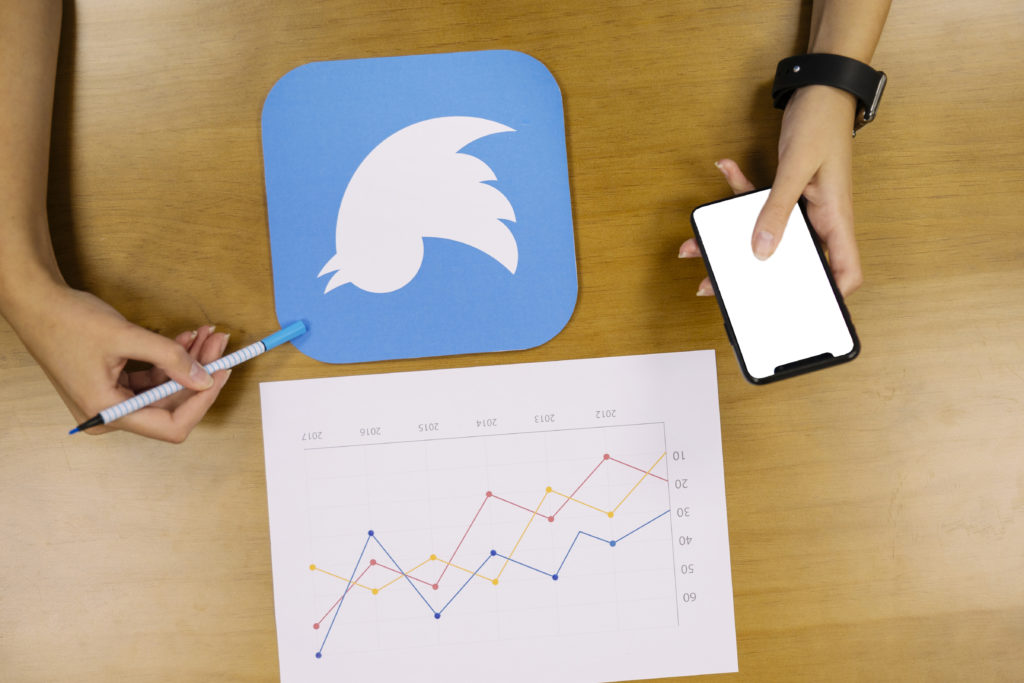Social media may deliver a wealth of valuable insights through the power of social media metrics, yet it may be stressful to keep track of everything. On the other hand, the skill of good social media measurement is in determining which indicators are most critical to your company objectives.
The correct metrics to measure are based on different criteria, including your budget, team size, and overall goals. Having said that, we’ve prepared a list of the most important social media success metrics to watch in 2023. Continue reading to find out which indicators are essential for boosting your social media strategy!

What Are Social Media Metrics?
Numbers are everything in social media, and reliable data is the key to success. Social media metrics are critical data indicators that assist online retailers to analyze the performance of their social strategy. Online retailers may boost their engagement rates, click-through rates, conversion rates, and overall brand exposure by leveraging these metrics.
Engaging content, audience engagement, and consumer feedback are all essential components of any effective social media strategy. You can observe the impact of your products and services on your consumers using data-driven insights. You can also change your approach to stay up with the ever-changing landscape of social media platforms and their algorithms. Tracking click-through rates, shares, and comments are critical for measuring your social media success. Understanding engagement and frequency, on the other hand, is important in a social media strategy.
7 Key Social Media Metrics
1. Reach
The term “reach” refers to the number of unique individuals who have viewed your content, and it is a crucial indicator to measure. It’s essential that you maintain track of both your average reach and the audience for each unique article, story, or video. By doing so, you can identify the content that is most popular with your audience and adjust your strategy accordingly.
This is a powerful insight since it may provide you with information into how your content is reaching new people and perhaps even broadening your reach. Although it’s important to keep in mind that reaching a new audience doesn’t ensure that they will follow you, it’s still a fantastic way to increase the number of people who see your content.
2. Impressions
Impressions are the total number of times that a user can view your content, whether or not they click on it or engage with it. Impressions are particularly helpful for evaluating a piece of content’s effectiveness. It’s important to keep in mind that reach, or the variety of different people who have visited your content, might occasionally be larger than impressions.
In general, monitoring impressions may provide you with a better idea of how frequently and whether or not your content is having an effect on your audience.
3. Audience growth rate
This metric tracks how many new followers your brand acquires over time and is a crucial measure of how well your social media marketing effort is doing. The number of new followers you have, however, is only one aspect of the audience growth rate. Instead, it displays how much of your entire audience your new followers represent.
You must keep track of your net new followers on each platform during a reporting period in order to determine your audience growth rate. The audience growth rate % is then calculated by dividing that figure by the combined audiences you have on each platform and multiplying the result by 100. Monitoring your audience growth rate may help you see trends in follower growth and determine what aspects of your social media strategy are effective and which ones need improvement.
4. Engagement Rate
The Engagement Rate is a measure of how much your audience interacts with your content, and it is derived by dividing the number of responses, comments, and shares received by your content by the proportion of your audience. Yet, identifying your “audience” might be difficult because not all of your followers will see each post, and you may receive engagement from individuals who do not yet follow you.
There are several methods for calculating Engagement rates, and it is important to choose the one that best meets your objectives. For example, you could want to look at engagement related to your amount of followers, or engagement per post.
5. Click-through rate (CTR)
CTR measures how frequently visitors click a link in your article to access further resources, such as a blog post or your online store. This vital number lets you know how many individuals viewed your social media posts and were interested enough to want to know more.
The formula for calculating CTR is straightforward: multiply the result by 100 to get your CTR as a percentage by dividing the total number of clicks on a post by the total number of impressions. You may improve your awareness of the types of content that your audience engages with the most by tracking your CTR. You may constantly enhance your social media strategy and more effectively engage your audience by paying close attention to your CTR.

6. Conversion rate
Conversion rate measures how frequently your social content starts the conversion process. It’s one of the most important KPIs in social media marketing since it demonstrates the worth of your social content in moving your audience along the funnel and towards a sale. You must utilize UTM parameters to track your social conversions. These are one-of-a-kind tags that you may apply to links in your social media postings to measure clicks and conversions in Google Analytics.
You may receive useful information about how your social media content is driving conversions by understanding how to use UTM parameters and adjusting your approach accordingly. You can develop content that not only engages your audience but also delivers genuine results for your business by measuring your conversion rate and constantly optimizing your social media strategies.
7. Cost-per-click (CPC)
Cost-per-click (CPC) is an important social media marketing indicator that indicates how much you pay for each ad click. Before diving into this metric, you must first establish your customer’s lifetime value or average order value. Knowing this lets you determine how much you can spend on a single click to get visitors to your website.
If you have a high customer lifetime value and a high conversion rate, you may afford to pay more per click on social media advertisements to drive users to your website. Fortunately, you are not required to compute CPC yourself. It’s in the analytics of the social media network where you’re running your advertising. Hence, monitor your CPC to ensure you’re getting the most out of your social media advertising money.
Conclusion
Now you get a thorough and qualitative understanding of your social media activities by focusing on these key metrics. Use these measurements to polish and fine-tune your entire process and also if you want to take your social media presence to the next level, consider exploring Kreateable.
By leveraging Kreateable graphic designing platform, you can easily create professional-quality graphics without any design experience. Stand out from the crowd, convey your brand’s message effectively, and elevate your social media game with visually appealing content.
Try Kreateable today and discover the endless possibilities it offers to enhance your social media presence. Remember, compelling visuals make a lasting impact, and Kreateable is your gateway to exceptional graphic design.

